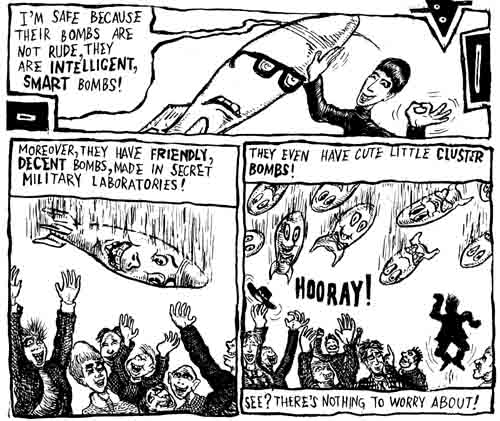Albahari was supposed by very influenced by Art Spiegelman's Maus. Here is an interview with Spiegelman where he explains how he came up with the idea for the graphic novel.
Another interesting personality from the "world of arts" is Christian Boltanski, who acquired international recognition for his installations that feature doctored photographs of children, producing a haunting aura that has been termed by Dora Apel as "the Holocaust effect." The disturbing fact that documents related to Holocaust are easily reproducible and that our response to them is in many ways preconditioned, as abstract horror without any content or thought.
 |
| Christian Boltanski, Autel de Lycee Chases, 1989 |
Finally, I am posting a link on Yugoslav Partisan Memorials, many of which commemorated places where enormous crimes were committed on the fascist side. As you can see, may of the memorials were abstract and open to interpretation, in many ways in line with the "anti-monument" aesthetic in Western Europe.
 |
































